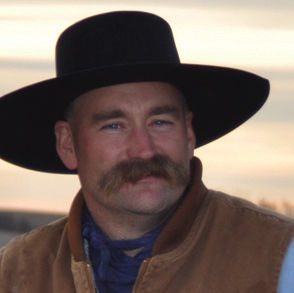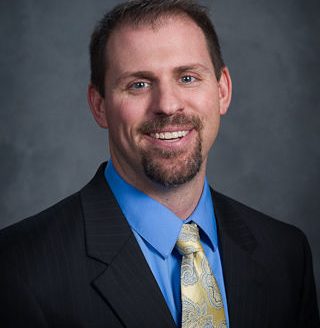I attended a meeting in Thayer County, Nebraska, and 70 people chose to show up to receive information about the future of reliable electricity. There is a rumor about a development project in the area and these individuals were interested in getting information about the best plan going forward.
We have been led down the path to believe that wind and solar power are “green.” I have learned enough to understand that carbon capture is all about sequestering power and has nothing to do with removing carbon dioxide from the atmosphere. It seems kind of funny that a few individuals with power are trying to remove our reliable power.
The events brewing in Thayer County are exactly what must happen in every county that wants to have a say in their own future. We have seen the pattern where these wind developers come into a county and the first thing they do is get the county commissioners involved in generating a dollar for their own property. Then they are rushed through to the approval stage. Finally, the sun is shining on their methods and that plan stops now. One year ago, I attended a Nebraska Public Power District informational meeting in Kearney where I listened to them explain that they were pursuing a carbon free by 2050 approach. Fortunately, their most recent meetings indicate that the winds of change might be moving in a good direction.
For NPPD it must be cost competitive and finally address forthcoming carbon emission reduction standards. When asked about the cost of carbon dioxide capture, speakers conveyed that the cost of carbon capture at the coal-powered Gerald Gentleman Station would be approximately 30% of its production, meaning additional electric generating capacity must be added to offset this loss.
There are currently three primary options for existing resources for power generation in Nebraska: The Cooper Nuclear Station, Gerald Gentleman Station and the Sheldon Station. Electricity in Nebraska comes from a combination of generation methods including hydropower, coal, solar, wind, nuclear and gas and oil. The balance of these systems is already 62% carbon free.
That leads me to the most important message that we must revisit. I believe that carbon capture is not necessarily bad but should not occur because of a mandate from the government to protect us all from climate change. It is becoming abundantly clear that the market for CO2 is exploding. We know that in the oil recovery business CO2 greatly increases the amount of oil that is recovered from the soil. In fact, I have learned that there are at least 15 value added projects in which CO2 is extremely valuable. A long-time friend of mine who is in the dry ice business purchases CO2 and tells me that 6 months ago it cost him 17 cents a pound and today it is 70 cents per pound.
A statement made by a friend of mine while I was driving down the road one day seemed to be the most honest thing we have stumbled upon: “Things are seldom as they may seem or appear to be.”
Editor’s note: The views expressed here are the author’s own and do not represent the views of High Plains Journal. Trent Loos is a sixth generation United States farmer, host of the daily radio show, Loos Tales, and founder of Faces of Agriculture, a non-profit organization putting the human element back into the production of food. Get more information at www.LoosTales.com, or email Trent at [email protected].


